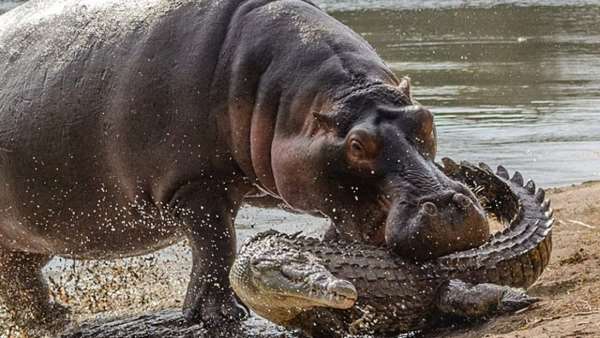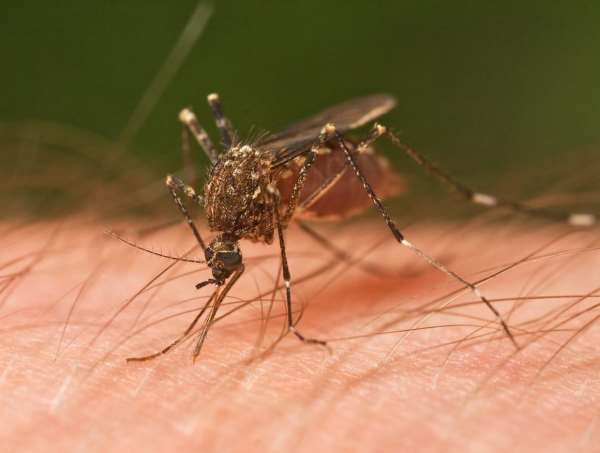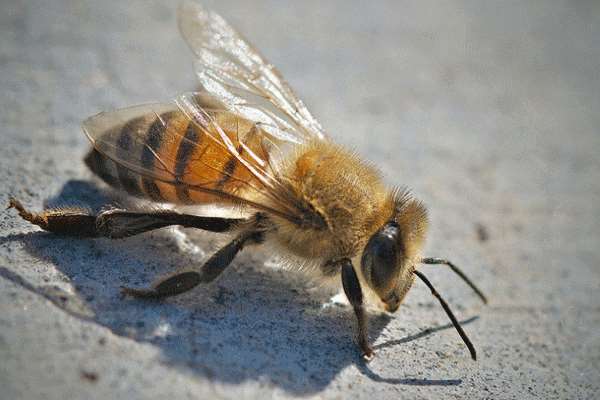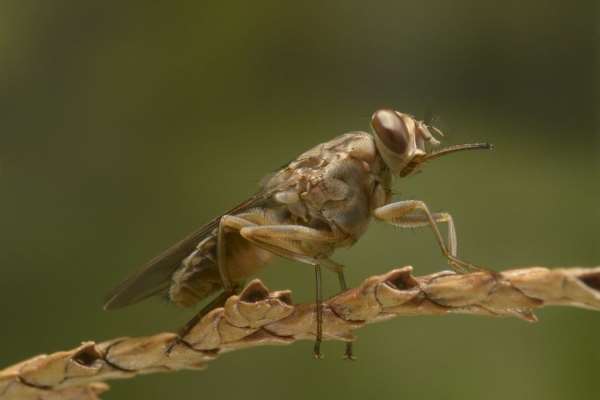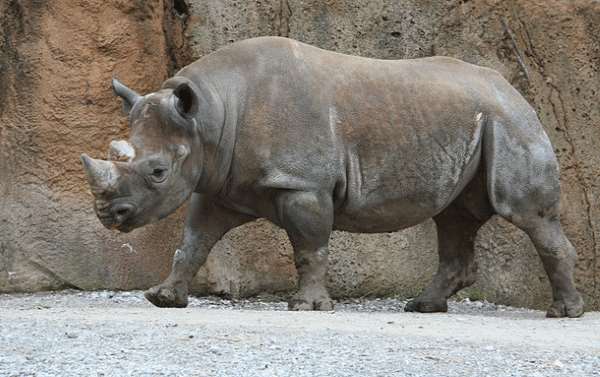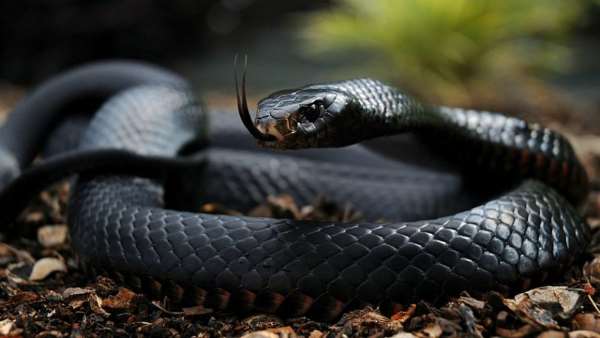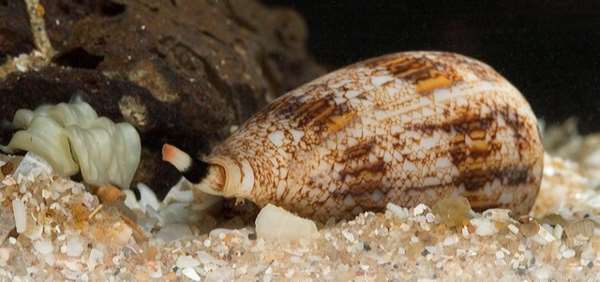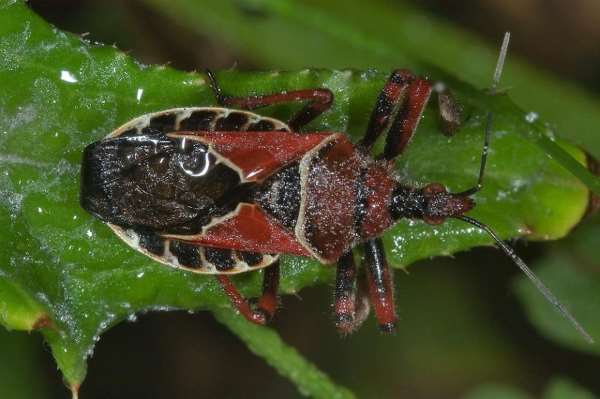 SHANGRALA'S
SHANGRALA'S
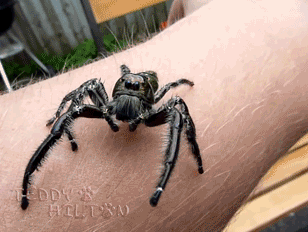
DANGEROUS
CRITTERS 3!

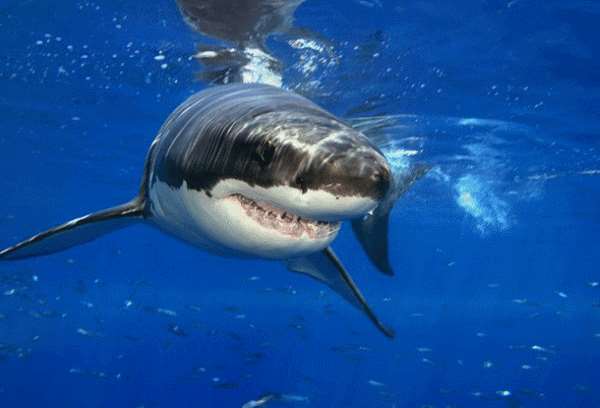
Great White Shark - These legendary predators have a terrible time distinguishing
between the edible and the non-edible. Their chosen method? Sampling. They sample
buoys, boats, surfboards, humans, anything that floats. Contrary to popular belief,
however, they really aren't man-eaters. Humans are too bony, and after the initial
bite, they usually leave you to bleed out in the water.
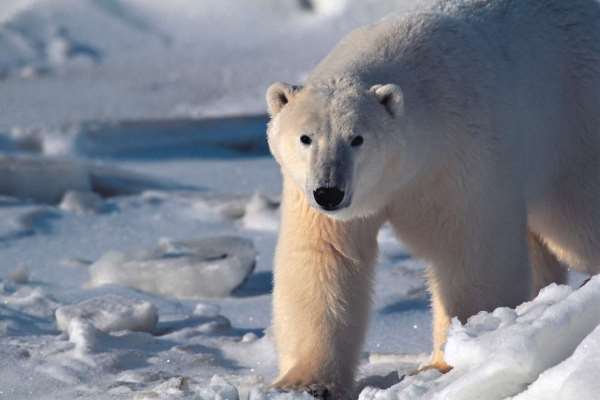
Polar Bear - The world's largest carnivore is not afraid of you. It has no natural
predators and will eat anything that is even slightly meaty, including other polar
bears. You aren't likely to encounter one of these, unless climate change
drifts them down into our lands as the ice caps melt away, but if you do, be very
careful. They are surprisingly fast on land, intensely deadly, smart and wily, and
even quicker in the water making these great white beauties serious predators to avoid.
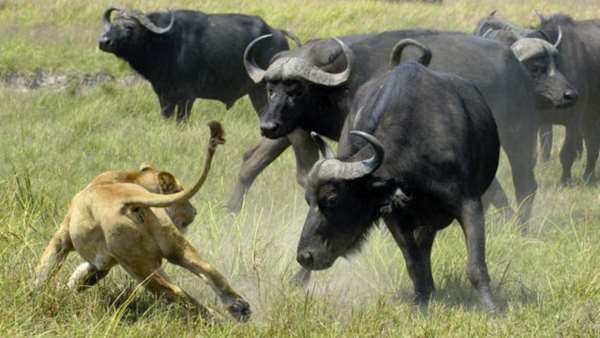
Cape Buffalo - Called 'Black Death' for a reason, these buffalo are sweet and
docile so long as they are left to their own devices. Once their ire is aroused
they will circle the threat, charging in with bursts of sudden speed that move
their one ton bulk up to 40mph.
These creatures will continue charging even if they are shot in the heart, and
have no reservations about charging vehicles. They've also been known to attack
predators like lions. Injury often won't stop or slow them, so the best survival
mechanism is to play nice and leave them alone.
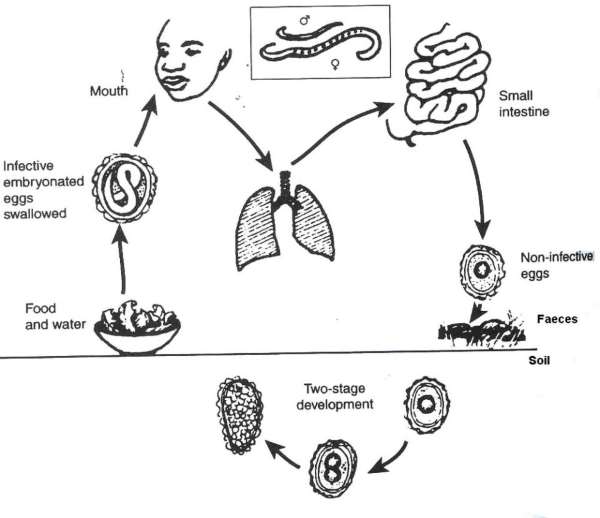
Ascaris Roundworms - A slithering creature that causes death by infection of
ascariasis, roundworms like to make their home in the small intestine through
ingestion of their larva. The simplest way to avoid these hideous creatures
is to cook all food thoroughly and maintain a clean environment.
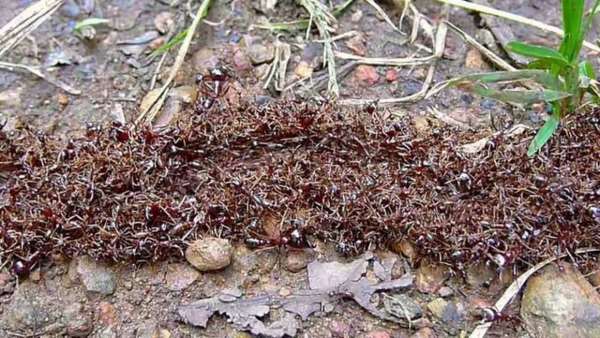
Siafu Ants - These ants are also known as driver ants. They come in swarms of up
to 50,000,000, and will react as if they are a single entity if even one driver
ant is in danger. Crush one of these little critters underfoot while you are out
on a walk and you will regret it as the other 50 million come swarming after you.
The ones that latch on will be very hard to remove. Their jaws will remain clamped
into your flesh even if you tear their bodies in half. While they may not be the
most deadly critters on this list, they are certainly impressively dangerous for
their size. They routinely take down and kill much larger things. Decidedly
unpleasant even if you do make it out alive.
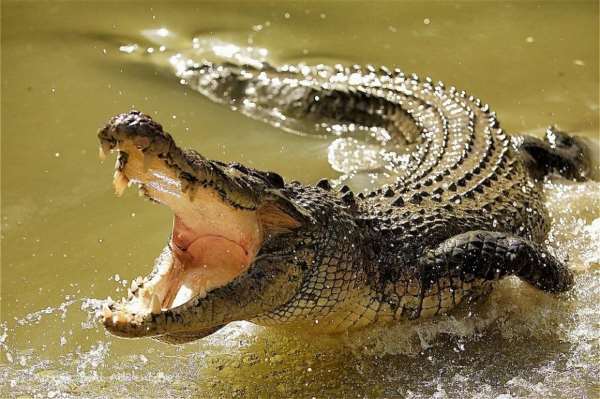
Crocodiles - Subtle, lazy hunters that lounge around in water, Crocs natural
ability to blend into the environment and clamp down on unsuspecting prey with
swift and deadly acuity means that a single accidental encounter of these
strange, prehistoric monsters could rapidly turn mortal. They like to drag their
prey down and drown it, so your real problem is the world around you.
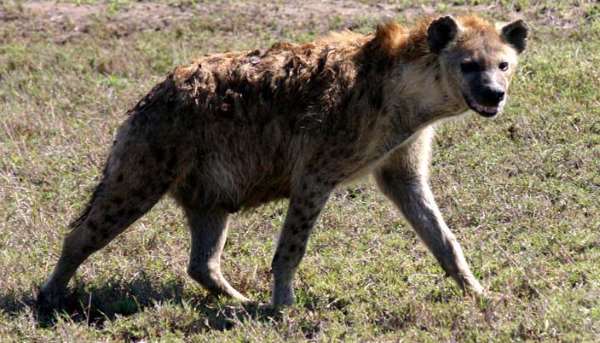
Hyena - The hyena is generally a scavenger, but it can also hunt prey if it
wants to. During times of high human death toll (war, for example), it can develop
a taste for human flesh. If corpses are not plentiful enough, it has been known
to take to hunting, and will deliberately pursue human quarry to satisfy its hunger.
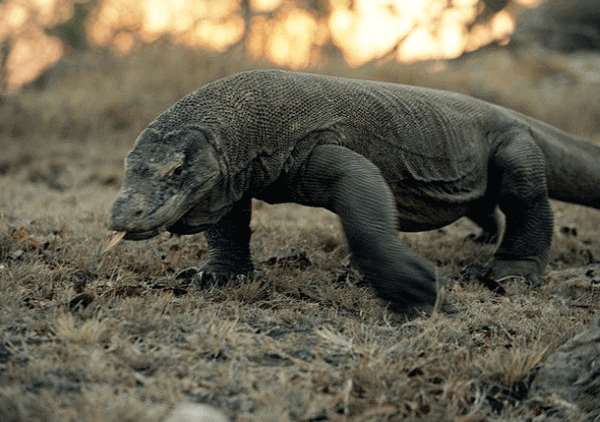
Komodo Dragon - Very much like Polar Bears, Komodo Dragons are not picky eaters.
They will eat anything from birds to water buffalos to humans and they have even
been known to dig up bodies from shallow graves. They are prodigious hunters and
will wait stealthily until their prey approaches after which they will charge
forward, rip out its throat, and retreat while it bleeds out. Fortunately, they
only really need to eat once a month.
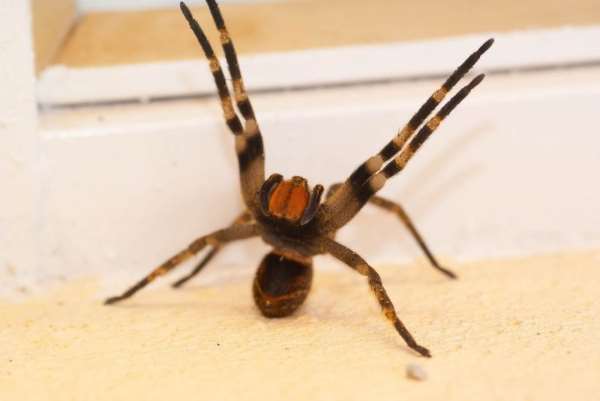
Brazilian Wandering Spider - Also known as the banana spider, it's the most venomous
spider in the world, according to the Guinness Book of World Records. What makes
this critter so dangerous though is also how it got its name - a tendency to wander.
They are often found hiding in houses and cars of densely populated areas, especially
during daytime. Not a good combination.
In the news, Abby Woodgate, a 30-year-old woman from Colchester, England,
found a surprise in her banana bunch. What she first thought might have been mold
turned out to be something much more sinister... A spider egg sac - not just any old
spider egg sac, but her banana was covered in the world's most venomous spiders!
Definately not good!
![]()
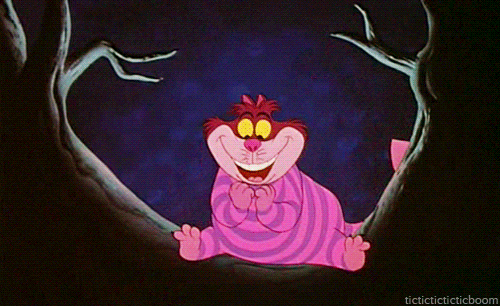
Share And Warn Your Friends! :)
![]()
SEE ALSO: Dangerous Critters 4!

^BACK To TOP^
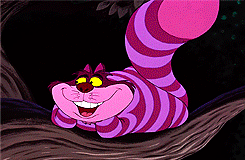
For those of you who Want More FUN - Visit The Shangy Fun List! Variety is the
spice of life! The Shangy Fun List is an ezine packed full of Poems, Inspirational and
Heart Warming Stories. Jokes from G to slightly R, and Anything else that just
might make you SMILE! Join In The Free FUN!! ... :)
Yes! Click Here To GO TO THE ARCHIVES!-
![]()
![]()
Like This Page?
If you are looking for more, here are some good places to start:

Tigerfish!-
Slow Loris!-
Giant Catfish!-
Crocodile Man!-
Bizarre Nature!-
Fun With Nature!-
Real Angry Birds!-
Only In Australia!-
Comedy In Nature!-
Polar Bear Capital!-
Great White Shark!-
Grizzly Bear Killed!-
Dangerous Critters 2!-
Macro Spider Photos!-
Leopard Vs Crocodile!-
Adorable Animal Selfies!-
Underwater Life Of Eilat!-
Incredible Wildlife Photos!-
World's Most Expressive Cat!-
Scientists Unveil New Species!-
A-Z Animated Picture Images!-


 -To SHANGRALA-
-To SHANGRALA-
Special THANKS Goes To PHYLLIS SMITH (Bunni) For Sharing This With Us.
![]()
Copyright © 1996 Netscape Communications Corporation. Mozilla is
a trademark of Netscape Communications Corporation.
Note: This is an Unofficial God, Jesus Christ, Family, & Cartoon Fan Site.
© All graphics representing Disney characters are copyrighted by Disney.
Likewise all other graphics & music Copyright © by their own Individual Artists.
I do not own any graphics on this site. If you do, please notify me
and I'll give
you proper credit, a link, or remove it immediately according to your wishes.
~*~ Copyright © 1997-2018 Elrhea M. Bigham ~*~
